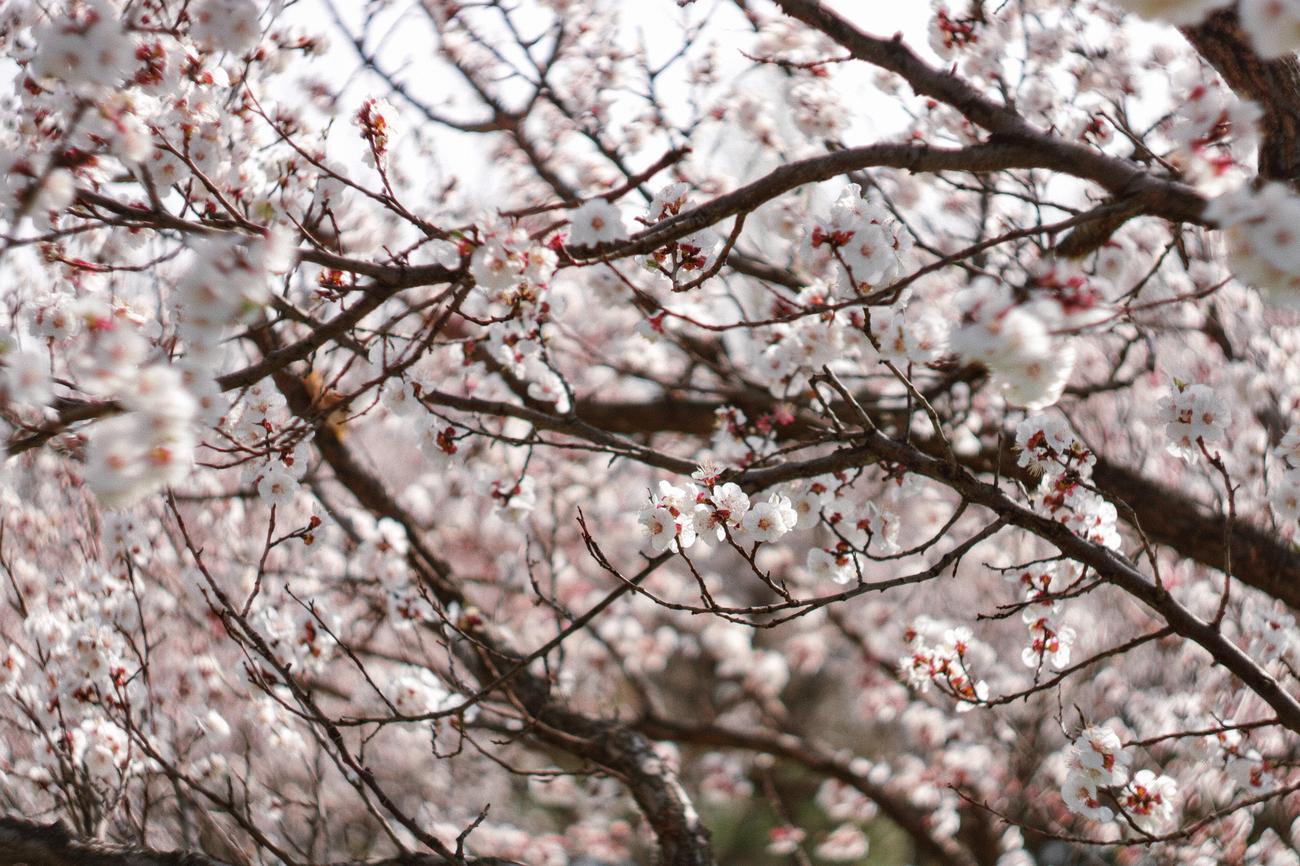Embark on a mesmerizing journey through time and discover the hidden wonders of ancient Armenian culture. In this captivating article, we will delve into the depths of archaeological sites that have preserved the echoes of a rich and vibrant civilization. Unearthing Armenia’s ancient archaeological marvels, we will unravel the mysteries that lie beneath the surface and transport you to a world where history breathes and the past comes alive. Join us as we embark on an adventure like no other, where every artifact and every stone tells a captivating story of a bygone era.

Ancient Archaeological Sites in Armenian Culture
Armenia, a land steeped in history and cultural significance, is home to a treasure trove of ancient archaeological sites waiting to be explored and unearthed. From towering monasteries to mysterious observatories, these sites offer a glimpse into Armenia’s rich past, captivating visitors with their stories and architectural marvels. Let’s embark on a journey of discovery as we delve into the wonders of ancient archaeological sites in Armenian culture.
Khor Virap: Royal Prison and Pilgrimage Site
One of the most iconic sites in Armenian history, Khor Virap stands tall against the backdrop of the majestic Mount Ararat. Once a royal prison, it now serves as a pilgrimage site for Armenians from all over the world. As we wander through its ancient chambers and passageways, we can’t help but marvel at the significance of this place. The view of Mount Ararat from Khor Virap is breathtaking, symbolizing Armenia’s enduring spirit and connection to its historical roots. “Standing in Khor Virap, you can feel the weight of history and imagine the struggles of those who were imprisoned within its walls,” whispers the wind.
The Churches of Echmiatsin and the Archaeological Site of Zvartnots: Beauties of Faith and Architecture
Armenia’s spiritual center, Echmiatsin, and the nearby archaeological site of Zvartnots are not just UNESCO World Heritage Sites but also significant landmarks in Armenian culture. Echmiatsin is a place where faith comes alive, where the echoes of centuries of devotion reverberate through its holy halls. The architectural wonders of Zvartnots, with its ruins of a 7th-century cathedral, speak of a time long gone. “Visiting Echmiatsin and Zvartnots is like stepping into a time machine that transports you to the heart of Armenian religious and architectural traditions,” the walls whisper as you enter this sacred space.
Karahundj: Mystery and Controversy
Deep within the Armenian countryside lies Karahundj, often referred to as Armenia’s Stonehenge. This ancient site is shrouded in mystery and controversy, with some believing it to be a prehistoric observatory. As you wander among the enigmatic stone formations, you can’t help but wonder about the secrets they hold. “Karahundj, with its perfectly aligned stones, is a testament to the genius of ancient civilizations and their quest to understand the mysteries of the universe,” ponders the curious traveler.
Haghpat Monastery: A Glimpse into Medieval Armenia
Another UNESCO World Heritage Site, Haghpat Monastery, showcases the religious and architectural traditions of medieval Armenia. Nestled among verdant hills, this awe-inspiring monastery exudes an air of serenity and tranquility. The intricate carvings and beautiful frescoes that adorn its walls transport visitors to a bygone era. “Haghpat Monastery is a living testament to the devotion and craftsmanship of our ancestors,” says the gentle breeze that flows through its ancient corridors.
Amberd Fortress: A Medieval Marvel
Perched on the slopes of Mount Aragats, Amberd Fortress offers panoramic views of the surrounding landscape. As you stand within its towering walls, you can’t help but marvel at the ingenuity of the medieval architects who built this formidable structure. The whispers of the wind remind us that “Amberd Fortress is a timeless reminder of the resilience and fortitude of the Armenian people throughout history.” Embrace the beauty of the past as you explore this medieval marvel.
Matosavank Monastery: A Hidden Gem
Tucked away in the mountains, Matosavank Monastery awaits those seeking a serene escape. Dating back to the 10th century, this monastery enchants visitors with its intricate carvings and peaceful atmosphere. As you wander through its hallowed halls and admire the delicate craftsmanship, it’s as if the stones themselves whisper stories of devotion and artistic mastery. “Matosavank Monastery is a hidden gem that reveals the artistic prowess of our ancestors,” whispers the surrounding nature.
Sanahin Bridge: A Testament to Armenian Engineering
Armenian engineering and craftsmanship take the center stage at Sanahin Bridge, a medieval masterpiece. This architectural wonder stands as a testament to the ingenuity of the Armenian people from centuries past. As you walk across this marvel of structural design, the sound of rushing water harmonizes with the echoes of the past. “The Sanahin Bridge is a living example of the engineering genius that our ancestors possessed,” declares the guide who accompanies you on this journey.
Areni-1 Caves: A Glimpse into Ancient Life
The Areni-1 Caves hold a treasure trove of archaeological findings that offer a glimpse into the daily lives of our ancient ancestors. From the discovery of the oldest known leather shoe to the revelation of the oldest known winery, these caves enchant researchers and archaeology enthusiasts alike. The findings not only illuminate the ingenuity of our ancient predecessors but also shed light on the vibrant culture that thrived within these cavernous walls. “The Areni-1 Caves offer a doorway into the ancient world, where even the smallest artifacts tell grand stories,” muses the archaeologist unearthing ancient relics.
Noravank Monastery: Architectural Beauty in Nature’s Embrace
Nestled among towering red cliffs, Noravank Monastery stands as a testament to the unique architectural style of Armenia. Dating back to the 13th century, this architectural gem enchants visitors with its intricate stonework and stunning location. As you stand before its grand facade, the beauty of the surrounding nature harmonizes with the awe-inspiring craftsmanship. “Noravank Monastery is a harmonious blend of nature’s embrace and human creativity,” remarks the artist capturing its essence on canvas.
Tatev Monastery: A Remote Sanctuary
Perched on a remote hilltop, Tatev Monastery captivates the hearts of those who venture to explore its ancient walls. Accessible via the Wings of Tatev, the world’s longest reversible cable car, the journey to Tatev Monastery is an adventure in itself. As you ride the cable car, the vastness of the landscape unfolds before your eyes, preparing you for the spiritual sanctuary that awaits. “Tatev Monastery is a testament to the indomitable spirit and devotion that resides within the hearts of the Armenian people,” states the guide who accompanies you on this transformative pilgrimage.
Temple of Garni: A Glimpse into Armenia’s Ancient Past
Bearing witness to Armenia’s ancient pagan roots, the Temple of Garni stands proudly as one of the few surviving Hellenistic temples in the country. As you wander through its columns and soak in the grandeur of this ancient marvel, you can’t help but be transported back in time. “The Temple of Garni is a gateway to our ancient past, where the spirits of gods and mortals intertwine,” whispers the ancient stones beneath your feet.
Exploring the UNESCO World Heritage Sites
Armenia is proud to be home to several UNESCO World Heritage Sites, including the Monasteries of Haghpat and Sanahin, the Cathedral and Churches of Etchmiadzin and the Archaeological Site of Zvartnots, and the Monastery of Geghard and the Upper Azat Valley. Each of these sites carries a unique significance in Armenian culture, offering a tapestry of historical, religious, and architectural wonders. “These UNESCO World Heritage Sites stand as milestones in the journey of preserving and celebrating our rich cultural heritage for generations to come,” proclaims the inscription etched on a stone tablet.
As we wrap up our journey through the ancient archaeological marvels of Armenia, we come to appreciate the depth of history and culture that encompasses this land. From the towering monasteries to the enigmatic stone formations, each site holds a story waiting to be discovered. So, let’s unearth the mysteries of Armenia’s ancient archaeological sites, where every stone and artifact tells a tale of the past.
Armenian culture is a treasure trove of fascinating traditions and customs that have been preserved for centuries. From their rich history to their vibrant music and dance, there are countless facts about Armenian culture that will leave you mesmerized. If you’re curious to delve deeper into this captivating world, we invite you to explore our comprehensive collection of facts about Armenian culture. Discover the unique artistry, culinary delights, and spiritual beliefs that make Armenians proud of their heritage. Join us on this cultural journey and click here to uncover the wonders of Armenia: facts about Armenian culture.
FAQ
Question 1: What is the significance of Khor Virap?
Answer 1: Khor Virap is of great importance in Armenian history and culture. It was once a royal prison and now serves as a pilgrimage site for Armenians. Additionally, it offers stunning views of Mount Ararat.
Question 2: What are the UNESCO World Heritage Sites in Armenia related to religious and architectural importance?
Answer 2: The Churches of Echmiatsin and the Archaeological Site of Zvartnots are the UNESCO World Heritage Sites in Armenia that hold significant religious and architectural importance. Echmiatsin is the spiritual center for Armenians, while Zvartnots is known for its ruins of a 7th-century cathedral.
Question 3: What is the mystery surrounding Karahundj, also known as Armenia’s Stonehenge?
Answer 3: Karahundj is an ancient site believed to be a prehistoric observatory. It is shrouded in mystery and controversy, captivating researchers and visitors alike.
Question 4: What makes Haghpat Monastery a remarkable archaeological site?
Answer 4: Haghpat Monastery, another UNESCO World Heritage Site, showcases Armenian religious and architectural traditions from the medieval period. Its splendid design and historical significance make it a must-visit site in Armenia.
Question 5: What can visitors expect at the Amberd Fortress?
Answer 5: Located on the slopes of Mount Aragats, Amberd Fortress offers panoramic views of the surrounding landscape. This medieval fortress invites visitors to step back in time and admire the historical architecture and natural beauty of the area.
- SYBAU See You Baby Meaning: Gen Z Slang Evolves - July 1, 2025
- Unlock Your Inner Youth: Lifestyle Secrets for a Vibrant Life - July 1, 2025
- Decode SYBAU Meaning: Gen Z Slang Explained - July 1, 2025






